
Biology For Beginners: Themes Of Life
In this article Biology For Beginners: Themes of Life, I talk about the life that is fundamental to our world. Its characteristics and depth are amazing and worth our time to understand as well as possible. Since life ties into all things it only makes sense to further our understanding. Read more if you are curious.
Themes Of Life
One of the first things any budding student will do is ask questions. There is a good reason for that. Inquiring about the nature of things is a requirement to gaining knowledge. After questions are asked you can then start analyzing the information that comes your way. I encourage every student, young or old, to revel in this process for it is the fun part of science.
One of the first processes you will come across is that of adaptation in animals and plants. Adaptations let plants and animals survive and thrive. These adaptations occur because of evolution. Evolution is how life changes over time. It is a fascinating study. Every organism that does change does so differently.
Evolution Of Life
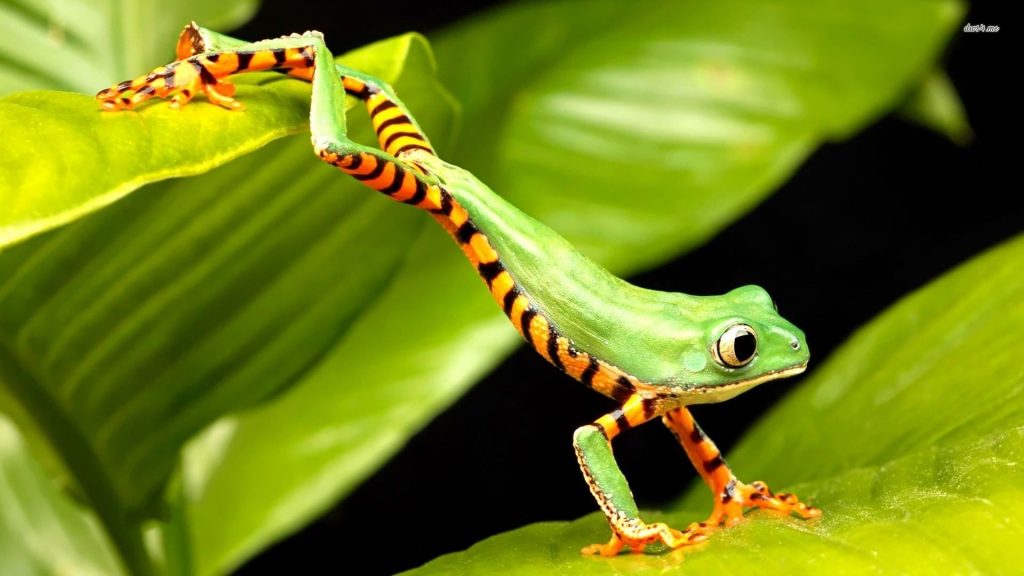
Evolution is the fundamental concept of Biology. It is one of the major themes of life. Scientists try to tie everything into it. It is the main tool that you should use in order to comprehend the details of life. I am not saying that I believe everything about evolution that is out there though. I know some of you will feel the same way. That is okay, just remember its a tool and nothing more. One day we may have a better understanding of natural processes and use a different tool. For now this is what we have so learn it.
Emergent Properties
Life has evolved and adapted to its fantastic form. Not all life is the same though. While this is obvious, there is a property of life that is not so obvious. It is the emergent properties of a group of lifeforms that accomplish more by acting together. These can be quite varied in how they manifest. They are apparent at all levels of life. Lifeforms all have different levels of organization. Different forms of life show their emergent properties at different organizational levels. So you can see examples from cellular form and in huge units like a town.
Reductionism
This can be a touchy topic for some. Reductionism is the process of reducing a whole into its parts. This can mean a lab animal may die for the purpose of dissection. Dissection lets us study the small parts of an organism. Without it, modern medicine would not be where we are today. However, I want to stress that it should not be done thoughtlessly in the lab. That animal only had one life to eat, exist, and reproduce. So study as much as you can without taking needless life please.
Life's Organizational Levels
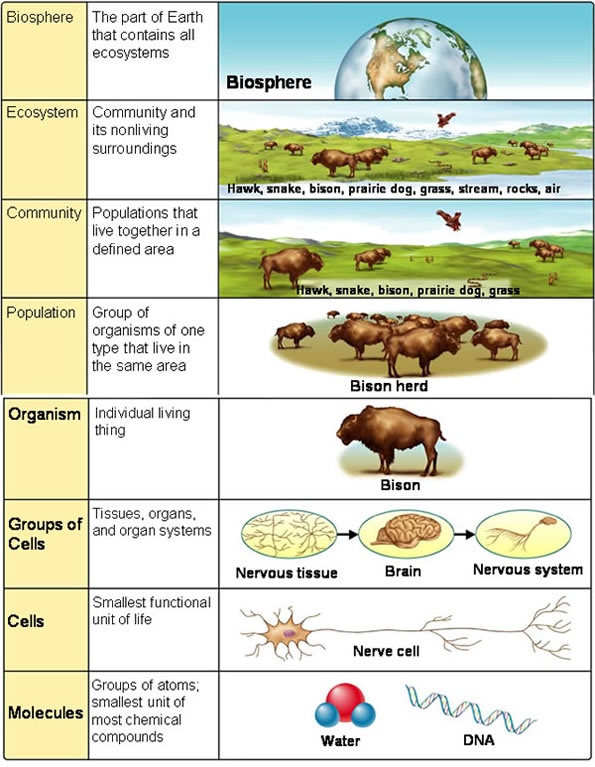
Life can be divided up into many different levels or organizational units. They are typically organized by size. They range from very small to very large. I will talk about them individually at a later time.
- Molecule - group of two or more atoms that form a unit which can't be divided into another substance
- Organelle - a structure with a specialized function in a eukaryotic cell
- Cell - contains the fundamental molecules of life
- Tissue - a bunch of cells, that together, carry out a function
- Organ - group of tissues in an organism that perform a specific function
- Organism - its an individual living thing
- Population - a number of organisms living in the same general area that are the same
- Community - the interaction of various populations
- Ecosystem - all living things in a given area
- Biosphere - the portion of a planet that supports life
Systems Biology
This is sort of the opposite of the reductionist strategy with biologists. It is the study of organisms from afar. They study the interactions of different organisms with each other. Modeling a system is very common. Data is collected on the system as a whole and input into computers. With some good bioinformatics software and programming skills you can learn much about an ecosystem. Once this data has been collected it is fed into a database system that was developed for this purpose. This makes a good online repository for future biologists to quickly catch up and add to the discussion.
The Cell Is The Basic Unit
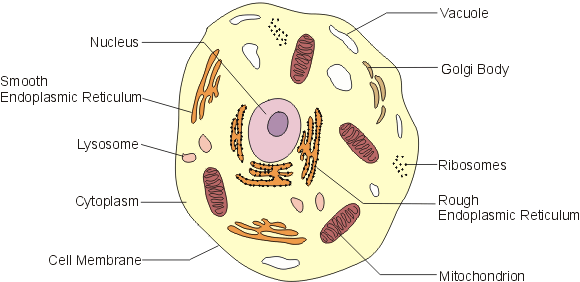
Nothing is more important in an organism than the cell. This is one of the main themes of life you will encounter in your study of Biology. When cells divide to form new cells the resulting process is called reproduction. Researchers are constantly trying to better understand how cells work. If you want to be a Biologist then this is an excellent area to specialize in.
Prokaryotic Cells
These were the type of cells that came first. They are more simple than eukaryotic cells. Organelles within them do not have membranes either. Cells walls are more pronounced since they do not have membranes inside. The size of prokaryotic cells are less then their counterpart eukaryotic cells. Metabolic rates are higher then in eukaryotic cells. Organisms include bacteria and archaea.
Eukaryotic Cell
The eukaryotic cell adapted and came way after the prokaryotic cell. Eukaryotes also have organelles which makes their design and function more complicated. It was a much more complicated design too. They have internal membranes. Having a real nucleus sets them apart from earlier cells. Most eukaryotic cells do not have a cell wall. They are larger than prokaryotic cells. A cell's DNA is in the nucleus. It controls the synthesis of proteins. Organisms include everything else that is not prokaryotic like plants, animals, and fungi as some examples.
DNA
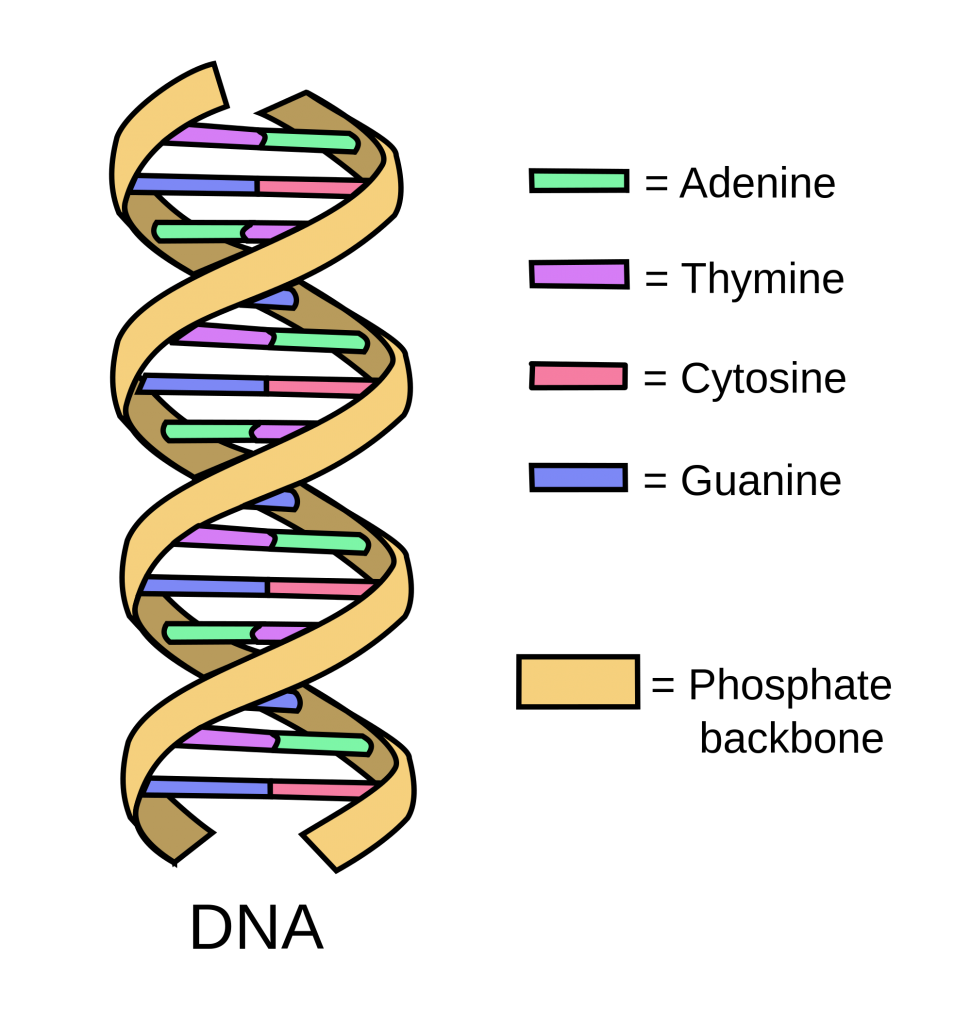
This is short for deoxyribonucleic acid. DNA sends information to future generations. Each chromosome has a DNA molecule. The molecules are arranged in a double helix. This is the same double helix we are all familiar with and where much research was centered. DNA controls the actions of proteins as well.
The Genome
All genetic information of an organism is here in the genome. Genes make up this information and they are key to who we are. The genome of eukaryotes, or us, is contained in a set of chromosomes. We have around 35000 genes.
Bioinformatics
This is the use of computers to analyze and store large amounts of DNA data. Software that is devoted to this field is very popular right now. If this field interests you then check out these popular examples: BioPython and GenePattern tools. Programming in this field can be a good career I have been told.
Negative Feedback Mechanism
In its most basic sense, negative feedback regulates processes. When too much of something is made in the body the excess will tell the cell to stop making more of it. This mechanism controls the process you could say. Making sure everything is in balance is very important. It is also much more common in organisms to have negative feedback than it is to have positive feedback mechanisms.
Positive Feedback Mechanism
This means some process in an organism is being increased. It does not happen a lot but it is there. The clotting of a blood vessel is an example of positive feedback.
Evolution Is Responsible For Diversity
This is one of the themes of life that is studied the most often. Evolution and adaptation change every organism in small ways in order for them to better survive their environments. Insects are the most populous organisms. There are more types of different insects than anything else.
Classification Of Life
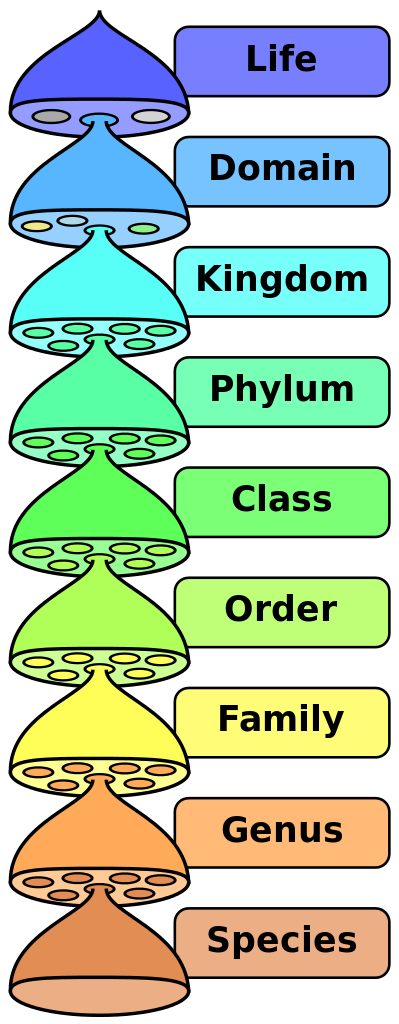
There are 8 main classifications that we divide life into. They are:
- Domain
- Kingdom
- Phylum
- Class
- Order
- Family
- Genus
- Species
I am sure you recognize at least a few of these. It is how organisms are classified to better keep track of them. Organisms from the same class will have a few characteristics that are the same. Those that are the same species will have almost everything that is the same. That is how this list works. The further down the list you go the more traits everything will have in common.
Domains Of Life
While there used to be more domains there now just three of them.
- Bacteria - Prokaryotic, single celled, microscopic
- Archaea - Prokaryotic, single celled, live in extreme environments,
- Eukarya - This is everything else. Eukaryotic, multicellular, non-microscopic
Gathering Of Information
Scientists observe things. That is how they discover new ideas and theories. When they record their observations it is called data. Data can be anything between handwritten notes and optical character recognition that will scan in pictures or handwriting. Information can be numerical or not.
Obtaining Useful Information
Conclusion
These various themes of life I talk about connect to each other in many ways. Further study will show that you can go as deep as you want in one of these themes. There is much to learn and countless new discoveries to be made.
If you enjoyed this article then please share it on your social media as it took a lot of time to write.
If you missed my previous article on Biology then see it here: http://sciencebyjason.com/purpose-dna-biology/